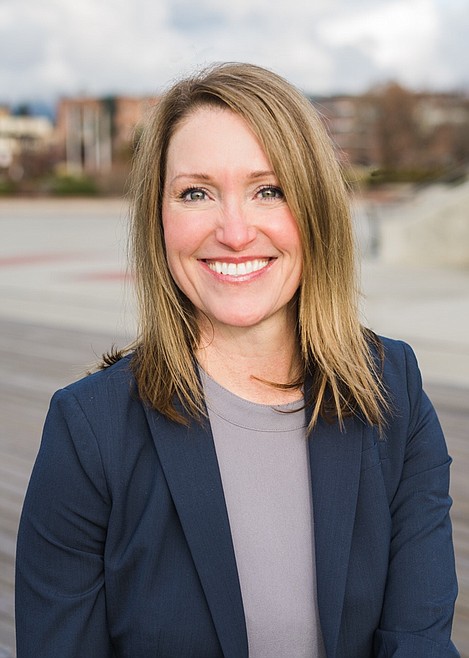Envisioning CdA's new comprehensive plan
After 18 months of data collection, Envision Coeur d'Alene planners developing Coeur d'Alene's Comprehensive Plan held two final open house events Wednesday to gather last-minute public input.
An online self-guided version of the presentation is available online until July 2, including a survey that officials will apply to refine the 2019 plan. Envision Coeur d'Alene will bring data to the city planning commission, council, and the CDA 2030 board of directors following the public input period before implementing the revised comprehensive plan.
Since September 2019, Envision Coeur d'Alene has reached out to various community groups to develop a vision and goals that contributed to a future land use map, MIG project consultant Alex Dupey said.
"We looked at specific vision and action items for things like recreation, the environment, jobs and economy, health and safety and all of those specific elements that form the policy framework," Dupey said.
State law requires entities, like the city of Coeur d'Alene, to review the document every seven to 10 years as a means to ensure responsible development. However, CDA 2030 Executive Director Nicole Kaler said the plan acts as a "living document" that the city will evaluate annually as new information from collaborative agencies emerges.
Questions from the public Wednesday afternoon largely revolved around the attached Future Land Use Map. As land moved away from the city center and major roadways, the plan indicated most of the area as single-family residential — which, Dupey noted, is what currently inhabits the space.
"We don't expect our project to change any of that," he said. "So if it's a single-family, it's probably going to stay single."
The most considerable change, Dupey referenced, was in the commercial corridors where there is the most potential for redevelopment.
"Those are the types of areas where you could start to see stronger economic development," he said. "That's also where, from a community standpoint, we heard people want services, jobs, walkability and different types of housing."
Kootenai Health, or more generally the Health Corridor Urban Renewal District, is another area Envision Coeur d'Alene expects to see definite change with innovation, employment and health services, Dupey said. North, following U.S. 95, is projected for employment centers and mixed-use developments.
"We looked at a number of different growth scenarios that came out of the public engagement process," he explained. "All of these scenarios are just a series of 'what ifs' that then formed some of the conversations about where we go in the future land use map."
At the time of the initial development, a market study identified education, health, technology and innovation elements as significant economic contributors for the city. Still, planners did not exclusively focus on those industries Dupey explained.
"The goal is to diversify the economy over time so that we make sure that if we have recessions or other challenges that we're not just focused in a couple of areas so that we have more diversity in our economic base," Envision Coeur d’Alene Project Manager and city planner Sean Holm said.
Tyler Gabriel, a resident who tuned into the session, said he appreciated the effort and time put into the plan but was concerned that Coeur d'Alene's growth needs in 2021 could be different from 2040.
While Coeur d'Alene City Planner Hilary Anderson recognized that the whole region is growing at a slightly faster pace than expected, she said data indicates the city is developing about 3% annually — which was the rate projected at the time of the last comprehensive plan in 2007.
"We set this up to guide us for at least the next 10 years in a very sustainable manner in terms of growth and taking the next step at the future land use map," Anderson said. "To make sure we are meeting all our community needs."
Info: https://publicinput.com/4298

